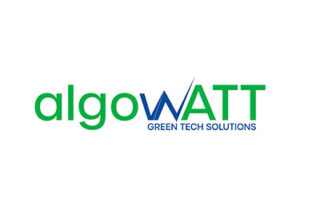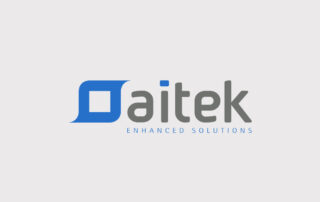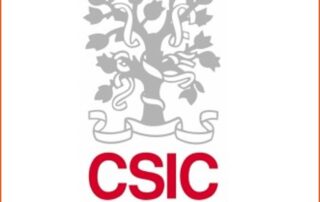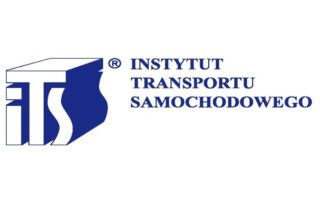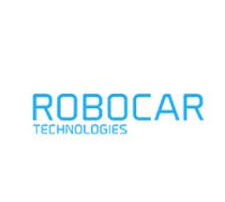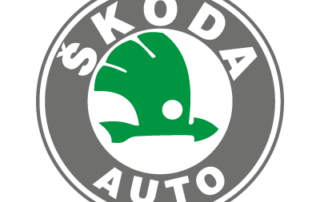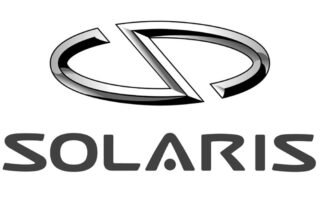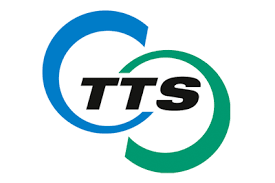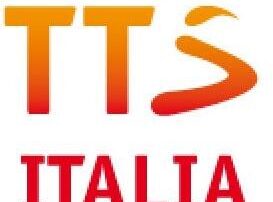![LOGO-TRUSTONOMY-RGB-250px[1]](http://www.vvr.ece.upatras.gr/wp-content/uploads/sites/5/2020/02/LOGO-TRUSTONOMY-RGB-250px1.png)
Project Timeline
-
Start date : 1 May 2019
-
End date : 30 April 2022
Trustonomy Description
Building acceptance and Trust in Autonomous Mobility.
Despite technological breakthroughs in connected and automated transport, the total transformation of existing transportation into a fully autonomous system is still decades away. In the meantime, mixed traffic environments with semiautonomous vehicles proactively passing the dynamic driving task back to the human driver, whenever system limits are approached, is expected to become the norm. Such a Request to Intervene (RtI) can only be successful and met with trust by end-users if the driver state is continuously monitored and his/her availability properly evaluated and sufficiently triggered (through tailored human-machine interfaces – HMIs). In parallel, driver training has to evolve to account for the safe and sensible usage of semi-automated driving, whereas driver intervention performance has to be made an integral part of both driver and technology assessment. Besides, the ethical implications of automated decision-making need to be properly assessed, giving rise to novel risk and liability analysis models. The vision of Trustonomy (a neologism from the combination of trust + autonomy) is to maximise the safety, trust and acceptance of automated vehicles by helping to address the aforementioned technical and non-technical challenges through a well-integrated and inter-disciplinary approach, bringing domain experts and ordinary citizens to work closely together. Trustonomy will investigate, setup, test and comparatively assess, in terms of performance, ethics, acceptability and trust, different relevant technologies and approaches, including driver state monitoring systems, HMI designs, risk models, and driver training methods. This will be done through both simulator and field based studies, in a variety of autonomous driving and RtI scenarios, covering different types of users (in terms of age, gender, driving experience, etc.), road transport modes (private cars, trucks, buses), levels of automation (L3 – L5) and driving conditions.

